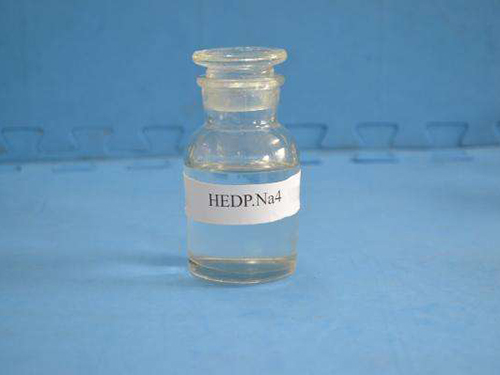Poly Aluminium Chloride Usage in Wastewater Treatment Processes and Efficiency Analysis
Poly Aluminium Chloride in Wastewater Treatment An Overview
In the realm of wastewater treatment, the quest for effective coagulants has led to the increased utilization of Poly Aluminium Chloride (PAC). Commonly employed in various water treatment processes, PAC is favored for its efficiency in purifying water and treating wastewater. This article explores the significance, mechanism, benefits, and challenges of using Poly Aluminium Chloride in wastewater treatment.
Understanding Poly Aluminium Chloride
Poly Aluminium Chloride is a widely recognized inorganic polymer coagulant characterized by its high molecular weight and charge density. It is produced by the reaction of aluminum hydroxide with hydrochloric acid, resulting in a product that contains aluminum in polyionic form. PAC is typically available in both liquid and solid forms, making it versatile for different treatment applications.
The Role of PAC in Wastewater Treatment
The primary function of PAC in wastewater treatment is to facilitate the coagulation and flocculation process. When added to wastewater, PAC interacts with suspended solids, organic matter, and colloidal particles. This interaction leads to the formation of larger aggregates or flocs, which can be more easily removed from the water through sedimentation or filtration. As a result, PAC significantly improves the quality of treated water and enhances the efficiency of subsequent treatment processes.
Mechanism of Action
The effectiveness of PAC as a coagulant can be attributed to its dual mechanism of action charge neutralization and bridging. PAC molecules contain numerous positively charged sites that can neutralize the negative charges on suspended particles in wastewater. This charge neutralization encourages the particles to come together, forming larger flocs. Furthermore, the polymeric nature of PAC allows it to bridge between particles, creating even larger aggregates that are easier to settle.
Benefits of Using PAC
1. High Coagulation Efficiency PAC is known for its high coagulation capability, requiring lower dosages compared to traditional coagulants like alum. This efficiency leads to cost savings and reduced chemical handling.
poly aluminium chloride in wastewater treatment

2. Rapid Settling and Filtration The flocs produced using PAC tend to settle quickly, which accelerates the overall treatment process and improves filtration performance. This characteristic is particularly advantageous in systems with limited space and time constraints.
3. Improved Water Quality PAC effectively removes turbidity, color, and a range of contaminants, resulting in treated water that often meets stringent environmental discharge standards.
4. Versatile Application PAC can be used in a variety of wastewater treatment scenarios, including municipal sewage treatment, industrial effluent treatment, and even in drinking water purification processes.
5. Lower pH Dependence Unlike some conventional coagulants, PAC performs well across a wide range of pH levels, which makes it suitable for treating diverse wastewater types without extensive pH adjustments.
Challenges and Considerations
While PAC offers numerous advantages, certain challenges must be considered when implementing it in wastewater treatment processes. One notable challenge is the potential for overdosage, which can lead to residual aluminum in treated water—an undesirable outcome due to health concerns. Therefore, careful monitoring and control of PAC dosages are essential to mitigate this issue.
Additionally, the production of PAC generates waste, and its long-term environmental impacts should be assessed. As with any chemical treatment, the comprehensive lifecycle analysis of PAC should be conducted to ensure sustainability in wastewater treatment practices.
Conclusion
In conclusion, Poly Aluminium Chloride has emerged as a vital player in the field of wastewater treatment. Its high efficiency in coagulation, rapid settling characteristics, and compatibility with various applications make it a preferred choice for many treatment facilities worldwide. However, it is essential to remain vigilant regarding its dosages and potential environmental impacts. As water treatment technologies continue to evolve, the role of PAC will undoubtedly remain significant in fostering cleaner and safer water resources for future generations.
-
Pbtc Scale InhibitorPBTC: A Scale Protector for Industrial Water TreatmentNewsAug.05,2025
-
Organic Phosphonate: An Efficient Defender in the Field of Scale InhibitionNewsAug.05,2025
-
Hydrolyzed Polymaleic Anhydride: Green Pioneer in Scale Inhibition FieldNewsAug.05,2025
-
PAPEMP Polyamino Polyether Methylene Phosphonic Acid For SaleNewsAug.05,2025
-
Flocculant Water Treatment: A Pioneer in Purification in the Field of Water TreatmentNewsAug.05,2025
-
Benzyl Isothiazolinone: An Efficient and Broad-Spectrum Antibacterial Protective GuardNewsAug.05,2025





